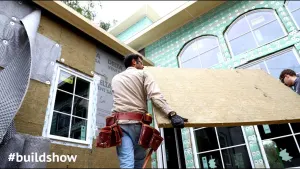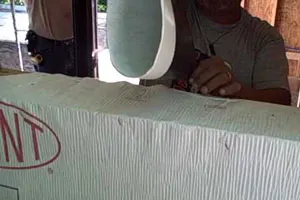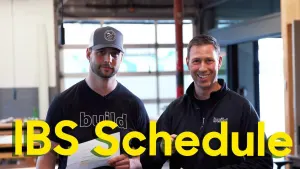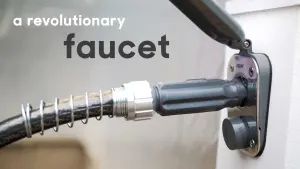In a four-part series on high performance HVAC, VRF, here is part two that concentrates on part loads. In this video, Kristof Irwin begins by defining the forces that establish variable loads, from sun and wind to extreme rain and cold, these variable forces have a major impact.
From a range of human body temperature, we can figure a range of acceptable indoor temperatures. Given a range of outdoor conditions, using a simple formula, it's easy to identify the cooling load and the heating load for the mechanical equipment. There are three types of loads, extreme load, design load, and part load. Although builders will often concentrate on extreme load and design load, the part load is critical, and it exists throughout the vast majority of hours in the year.
The discussion, easily caught in the video by a series of slides, but arrives at the question, if you are designing the tool to offset a varying cooling load, the tool would be difficult to define. However, the goal is to match capacity to load. For the home, the functional need is to deliver comfort by delivering varying and incremental amounts of heating and cooling. Comparing that need to standard technology, the majority of the market in the U.S. is based on a single compressor that goes from 0% at off to 100% at on. There are also dual-stage and unloading compressors so that you can move from 0% to 50% to 100%, or 0% to 67% to 100% respectively. So, in effect, you have two speeds. Comparing the previous versions with variable capacity, using an inverter scroll compressor, you can move from 0% to 4-30% to 100%. So, you are better able to match, with this compressor," what is happening outside.

 Share on facebook
Share on facebook Tweet
Tweet Email
Email Share on Linkedin
Share on Linkedin














